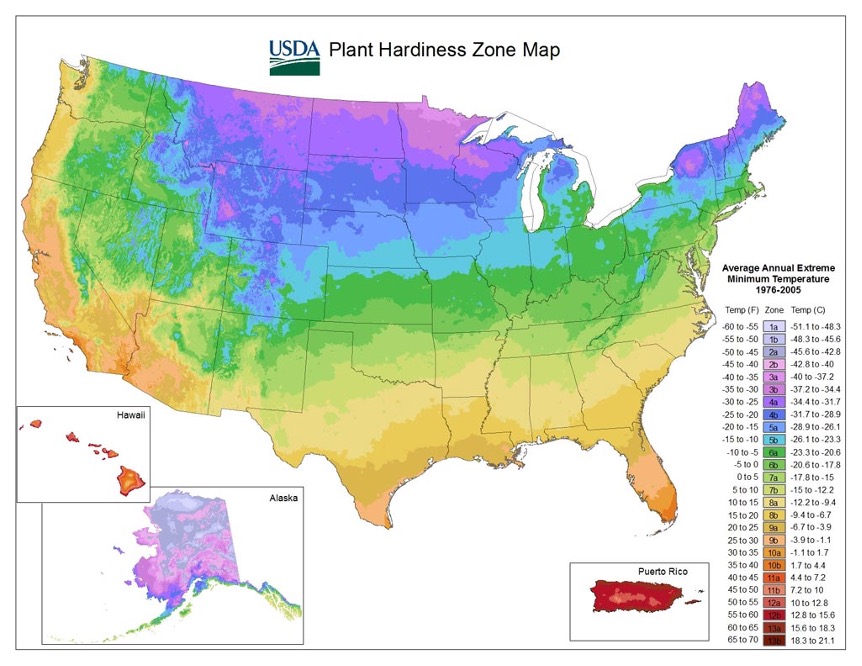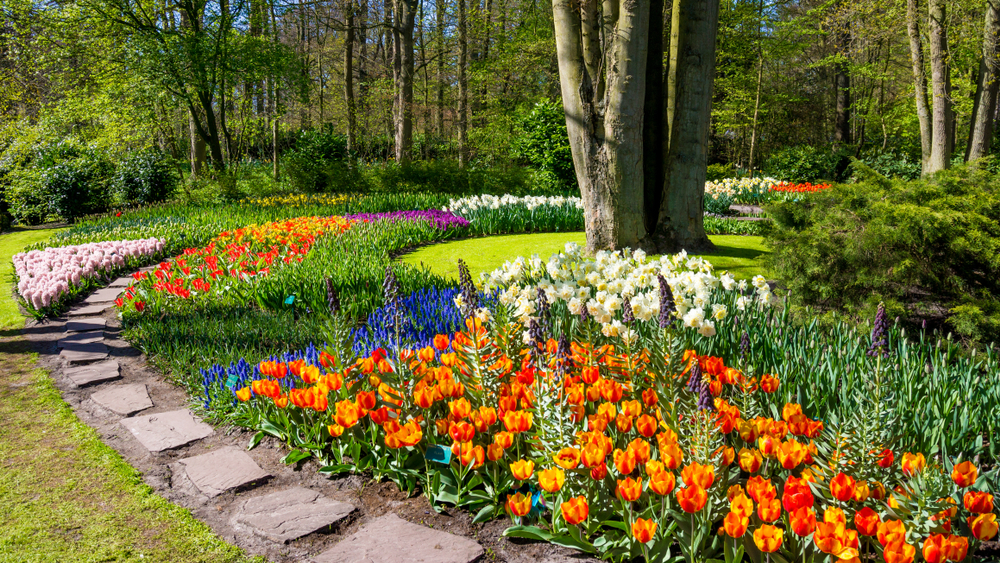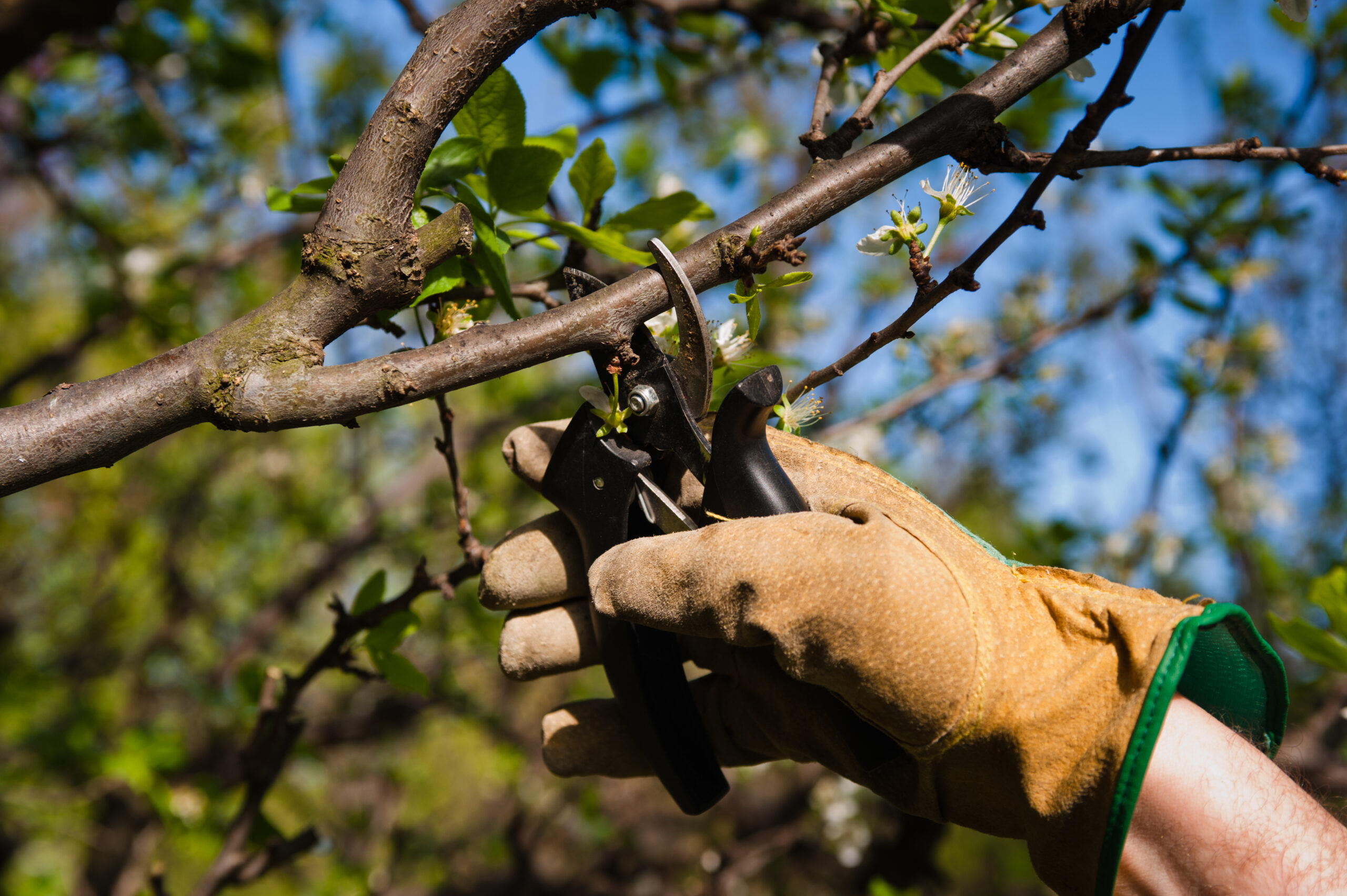While many people welcome the warm weather and longer days, an early Spring can also bring challenges for landscaping for a commercial property. Spring is a tricky time to work outside as the last day of a potential freeze creeps steadily north. Working outside too early can result in damaged plants, and working too late means you might miss the best time for planting or tree trimming. Fortunately, a professional landscaper can point you in the right direction.
Start Early
Companies should begin planning their spring landscaping projects as soon as the weather permits. You want ample time to prepare and execute your plans before the peak spring season. It may involve scheduling a consultation about landscaping services for the summer, ordering the necessary plants and equipment, and preparing the soil for planting.
Understand Your Plant Hardiness Zone
The Hardiness zone refers to the coldest temperatures your area experiences in the winter. The United States Department of Agriculture (USDA) has divided the country into 13 frost zones. By identifying which Hardiness zone you live in, you can determine which plants are suitable for your area and when to plant them. PA, NJ & DE are in zones 6A through 7B. Choose plants for those zones that are likely going to survive winters.

Embrace Color
Early spring often means an early season for many flowers. Property managers and landscapers can take advantage of that by planting early-blooming flowers like Pansies & Spring Flowering Bulbs. Bright colors like yellow and pink help boost mood and energy levels. They make your space appear welcoming and inviting to clients. Putting your best foot forward with an attractive spring landscape makes clients and staff comfortable and creates the best first impression for your establishment.

Invest in Seasonal Maintenance
Spring is a time of growth and also the perfect time for maintenance. Regular cleaning, pruning, and touchups of the landscape are essential to keep it looking its best. Companies should invest in routine lawn care and fertilizing to keep lawns and plants looking healthy and vibrant.
Handle Winter Damage
Winter can be a harsh season, and many property managers find themselves dealing with lawn and plant damage come spring. Typical forms of lawn damage include dead matches, snow mold, and frost heave. Tackling them in the spring helps restore your landscape’s health and appearance. You’ll want to reseed dead areas, rake away the snow mold, and level out frost heave. Depending on the extent of the damage, it may be best to have a professional landscaper give their input on how to proceed.

Springtime Tree Care
Spring is a great time to focus on tree care. It lets you get a handle on them during dormancy before they get fully into their growing season. Landscaping services will inspect the trees on your property for signs of damage or disease, including dead or broken branches, pest infestations, and bottling. They’ll let you know what, if anything, needs to be done to address issues and prevent further damage.
An early spring presents an ideal opportunity for commercial properties to revamp their landscaping and create an inviting outdoor space for their customers, employees, and tenants. With the correct care and attention, owners and property managers can enhance the overall aesthetic appeal of their outdoor space and demonstrate their commitment to providing a pleasant and sustainable environment.

Choose Cenova
Cenova is a customer-focused provider of Exterior Site Services, including Snow and Ice Management, Landscape Maintenance, Landscape Enhancement, and Parking Lot Maintenance Services. To learn more about spring landscaping or to speak with one of Cenova’s experts about any of our offerings, contact us today at 877-334-2348 or email us at cenova@cenovainc.com.





